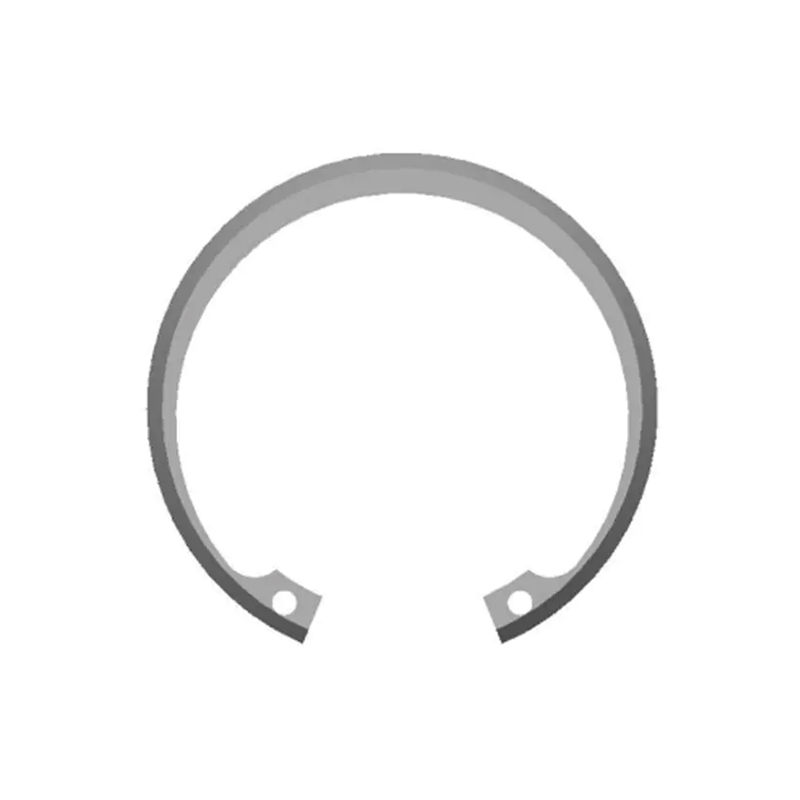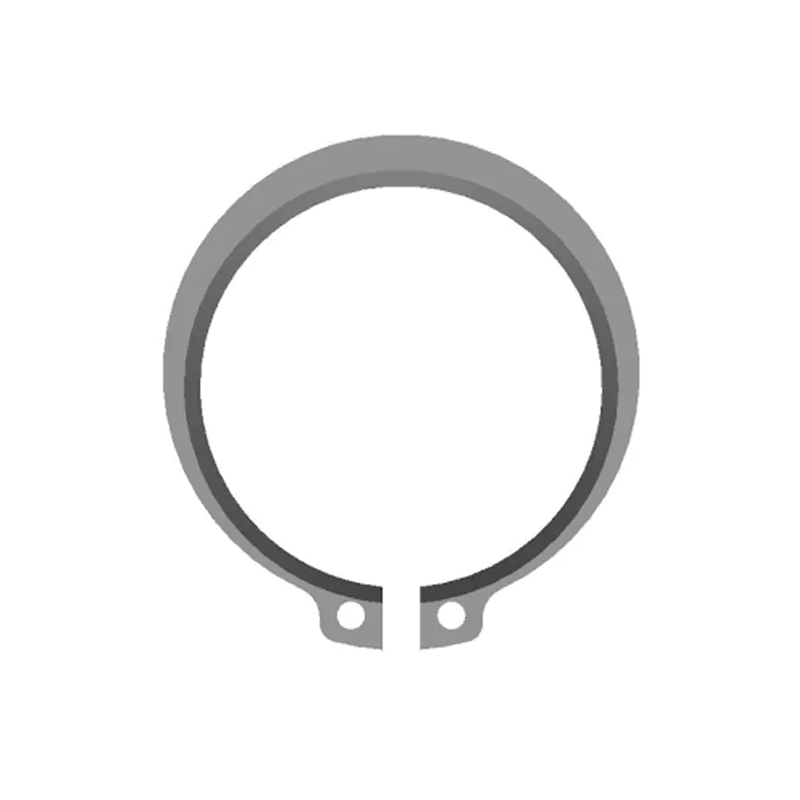The Belleville spring washer, also known as a conical spring washer or disc spring, is a highly versatile mechanical component used in numerous industrial applications for its unique combination of load-handling capability, compact design, and energy absorption. Its distinctive conical shape allows it to perform functions that traditional flat washers or coil springs cannot, making it an essential part of many high-performance mechanical systems.
Structural Features of a Belleville Spring Washer
The Belleville spring washer is typically shaped like a truncated cone. When subjected to axial load, the washer flattens and absorbs energy in the process. This geometry enables it to support heavy loads with minimal deflection, unlike coil springs, which require more space for the same load-bearing capacity.
The washer’s load and deflection characteristics can be finely tuned by altering its dimensions, including:
-
Outer and inner diameter
-
Material thickness
-
Cone height
-
Material type
Common materials include carbon steel, stainless steel, and various alloy steels, often with surface treatments such as black oxide, phosphate coating, or zinc plating for corrosion resistance.
Functional Advantages
-
High Load Capacity in a Compact Design
Belleville spring washers can support very high loads in small spaces. This makes them ideal for applications where space is limited but strong clamping force is required. -
Vibration Damping
Their ability to absorb and dissipate energy makes them useful in dampening vibrations and reducing noise in mechanical assemblies. -
Thermal Expansion Compensation
In applications exposed to temperature changes, Belleville washers can accommodate thermal expansion and contraction, maintaining tension over a wide temperature range. -
Preload Maintenance
They help maintain a consistent preload in bolted joints, compensating for relaxation, settling, or creep over time. -
Stacking Flexibility
Belleville washers can be stacked in various configurations to achieve different load and deflection characteristics. For example, stacking in series increases deflection, while stacking in parallel increases the load-bearing capacity.
Common Applications
Due to their adaptability and performance, Belleville spring washers are widely used in a variety of industries:
-
Aerospace: In landing gear, control systems, and fuel assemblies to maintain precise tension under variable loads and conditions.
-
Automotive: In clutches, brakes, and suspension systems to provide consistent force under extreme stress.
-
Electrical and Electronics: To maintain reliable contact pressure in circuit boards, terminals, and connectors.
-
Wind and Solar Energy Systems: For maintaining bolt tension in high-vibration environments over long periods.
-
Heavy Machinery and Industrial Equipment: Used to protect bolts and assemblies from loosening due to dynamic forces.
Considerations for Selection
When selecting a Belleville spring washer, several factors must be considered:
-
Load Requirements: Match the washer’s load-bearing capacity with the application needs.
-
Operating Environment: Choose materials and coatings suitable for exposure to heat, moisture, chemicals, or corrosive elements.
-
Fatigue Life: Depending on cyclic load conditions, washers may need to withstand thousands or even millions of cycles.
-
Stacking Configuration: Determine the optimal stacking method (series, parallel, or combination) to achieve the desired force-deflection behavior.

The Belleville spring washer is a compact yet powerful component that addresses multiple mechanical challenges, from space-saving high-load applications to vibration damping and tension maintenance. Its widespread adoption across industries highlights its reliability and engineering significance. With appropriate design and material choices, Belleville washers can significantly enhance the performance and durability of mechanical assemblies, making them a staple in modern engineering solutions.

















